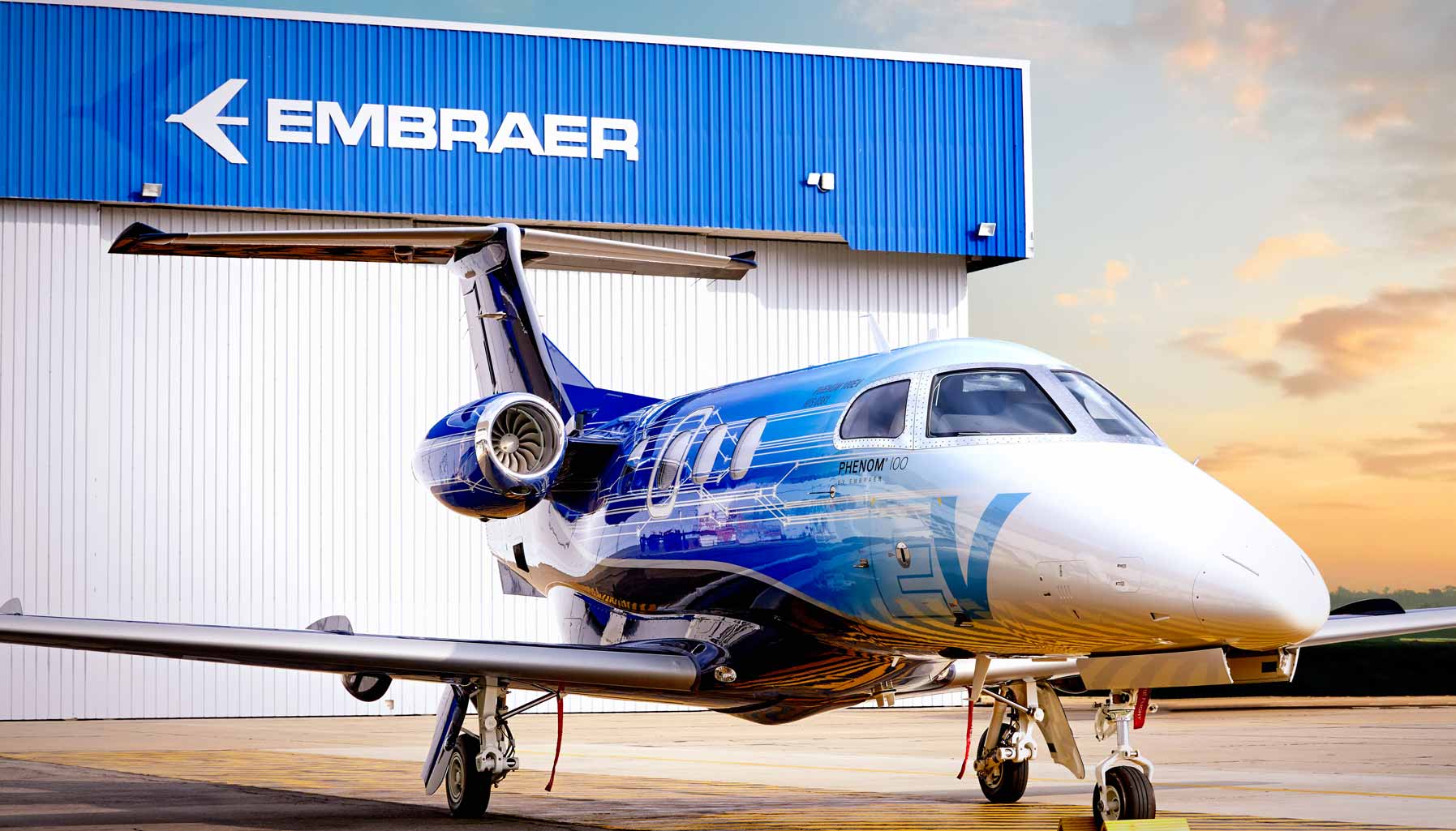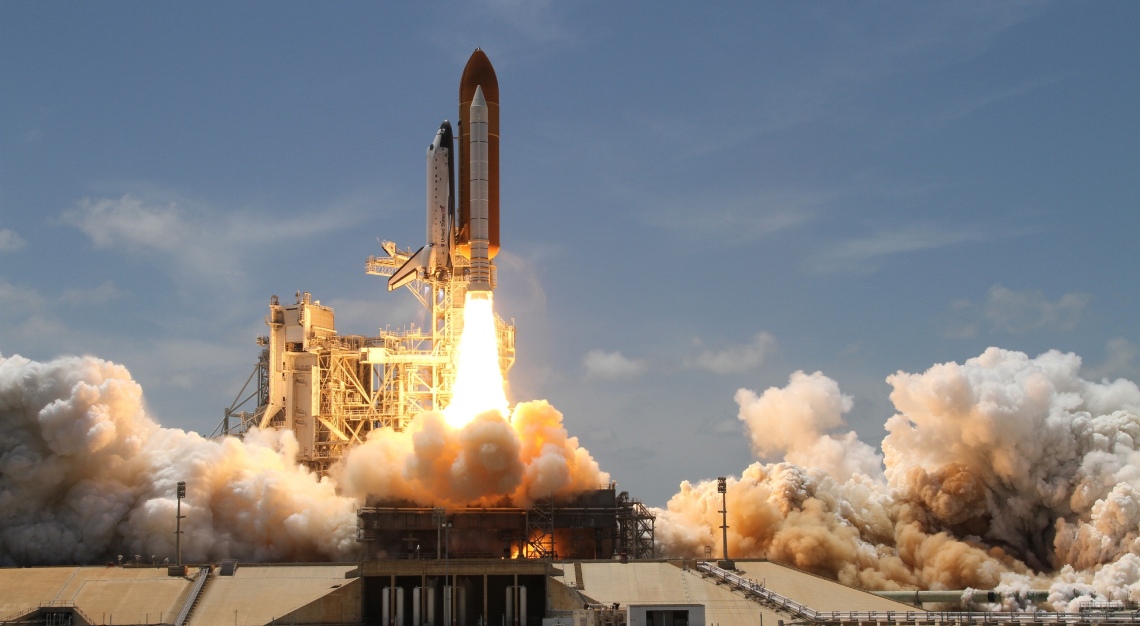The Nasa X-59 is designed to create a sonic “thud,” with the same noise levels as a washing machine
Imagine leaving work in L.A. or San Francisco a little early on a Friday afternoon and winding up with a drink on the beach in Maui before cocktail hour is over. Imagine Seattle to Tokyo in four hours, New York to London in three.
Many in the fledgling supersonic sector believe that supersonic commercial flights are not only possible, but are working to design, build and certify aircraft in the next five to ten years. Flying faster than the speed of sound will not only change air travel, they argue, but offer passengers the ultimate luxury: time.
Boom, Spike and Exosonic have different concepts for their supersonic jets, designed to travel between Mach 1.4 (1728 km/h) and 1.8 (2222 km/h) while the hypersonic constructs from Destinus and Hermeus could theoretically travel at Mach 5.0, or 6173 km/h. Most remain in the theoretical concept phase. Only Boom’s demonstrator, the XB-1, has begun initial flight tests, with supersonic tests scheduled for later this year.
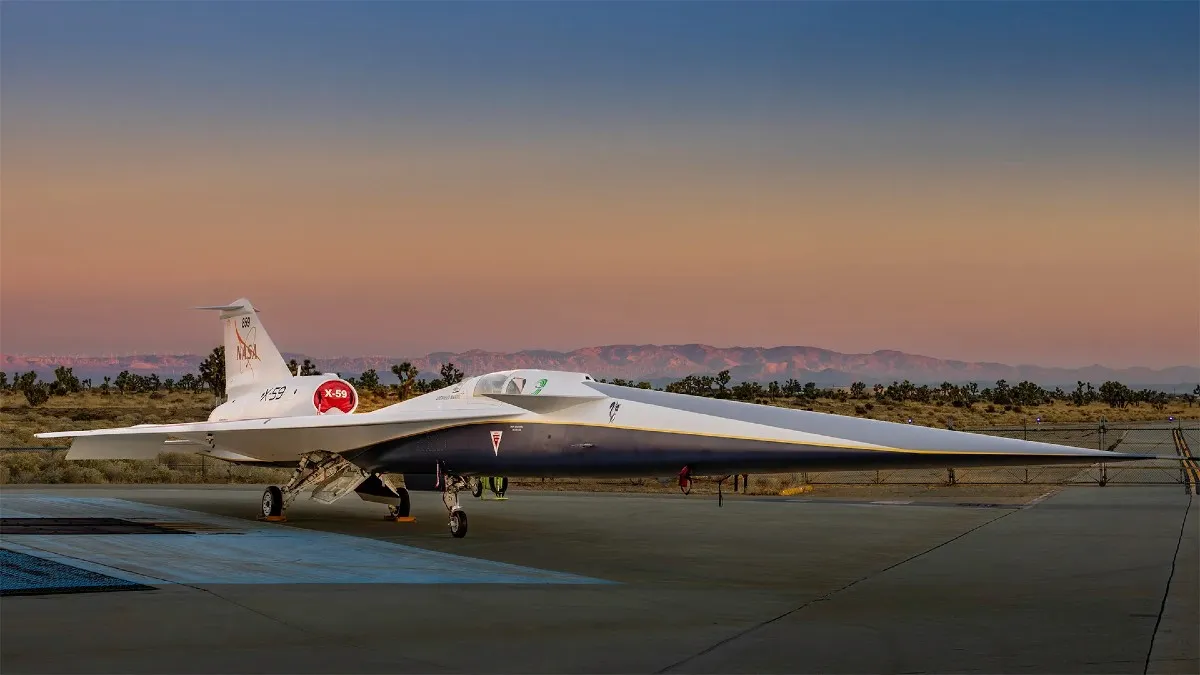
The progress is slow, due to exorbitant R&D costs caused by the unique technical challenges of flying faster than sound. “The hurdles are substantial,” notes Vik Kachoria, the ceo of Spike Aerospace, which is developing a 12- to 18-passenger supersonic aircraft called the Diplomat. “The boom, ground noise, safety, regulatory, environmental, and infrastructure. It’s a lot.”
The sonic boom remains the greatest impediment to development, says David Richwine, Nasa’s deputy project manager for technology on the X-59, an experimental aircraft designed to mitigate the boom’s noise and vibration. “When we stacked the challenges facing supersonic, solving the boom was the largest one,” he says. “Taking that on would free the commercial operators to work on some of the other issues.”
Sonic booms have been around ever since Chuck Yeager broke the sound barrier in 1947 in the Bell X-1. The boom—a loud noise caused by shock waves that form when an aircraft passes the speed of sound—was initially seen, oddly, as a sign of progress since it ushered in the supersonic era. In 1963, President John F. Kennedy launched an initiative called the Supersonic Transport (SST) that brought government and industry together, with the goal of building a commercial supersonic airliner capable of carrying 300 passengers, flying at Mach 3, or 3703 mph.
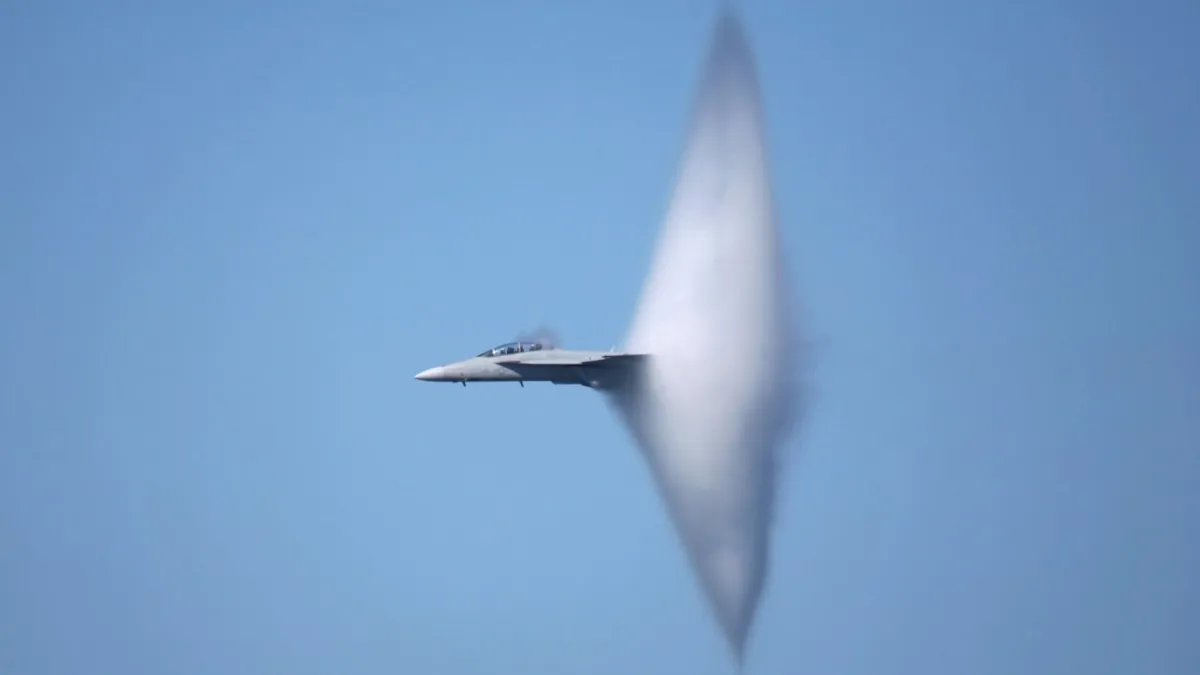
But by the end of the decade, most people viewed sonic booms as a public nuisance. In 1968, an F-105 flyover at the Air Force Academy blew out 200 windows of its iconic chapel, injuring a dozen people. From 1956 through 1968, the Air Force had to deal with about 40,000 claims against its supersonic warbirds, covering losses from broken windows and cracked plaster in homes, to assertions that the sonic booms drove livestock insane.
The Concorde, the world’s first commercial supersonic aircraft, didn’t help. Developed jointly by the British and French, its transatlantic flights often ended in US cities with broken windows and vibration that rattled local residents. In 1973, Congress and many authorities around the world, banned supersonic air travel overland, reducing its potential to speed up commercial air travel.
Always an expensive and fuel-intensive aircraft, the Concorde made its last flight in the UK in 2003, landing at an aviation museum in Bristow, where it became a fixed display.
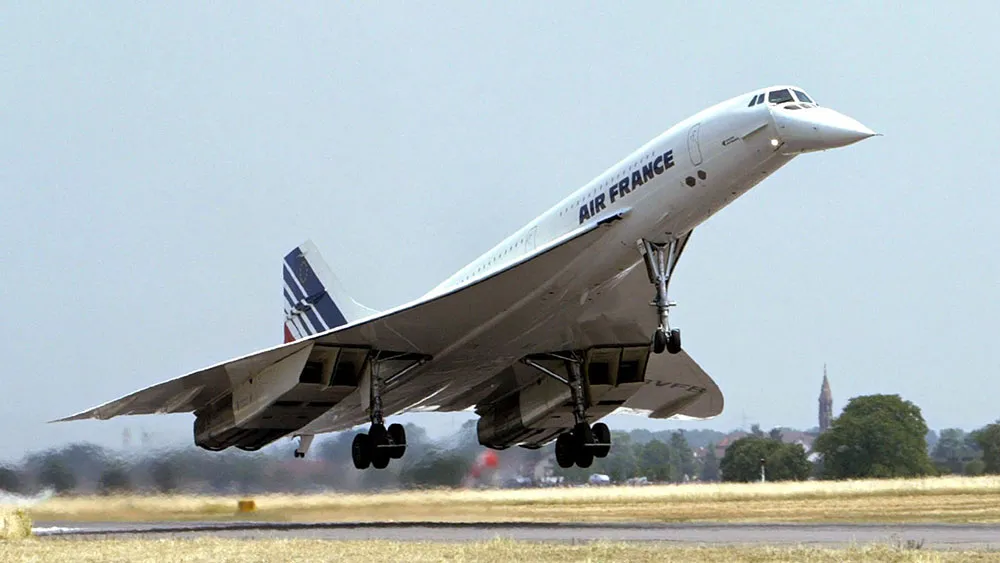
Now, NASA, working with Lockheed Martin, hopes to rehabilitate supersonic commercial air travel by mitigating the boom. The team overseeing the X-59 Quesst mission is promoting the idea that the supersonic speed limit should be lifted as soon as the sonic boom becomes a non-issue.
“Instead of a rule based solely on speed, we are proposing the rule be based on sound,” said Peter Coen, integrated mission manager for the X-59 program. “If the sound of a supersonic flight isn’t loud enough to bother anyone below, there’s no reason why the airplane can’t be flying supersonic.”
Other aircraft, including the modified Northrop F-5E jet, proved in 2003 that an aircraft’s shape can reduce the intensity of sonic booms. The Nasa X-59 is designed to take it a step farther, creating a sonic “thud” that measures about 75 decibels, perceived level, roughly the sound of distant thunder, or a car door slamming 6 metres away.
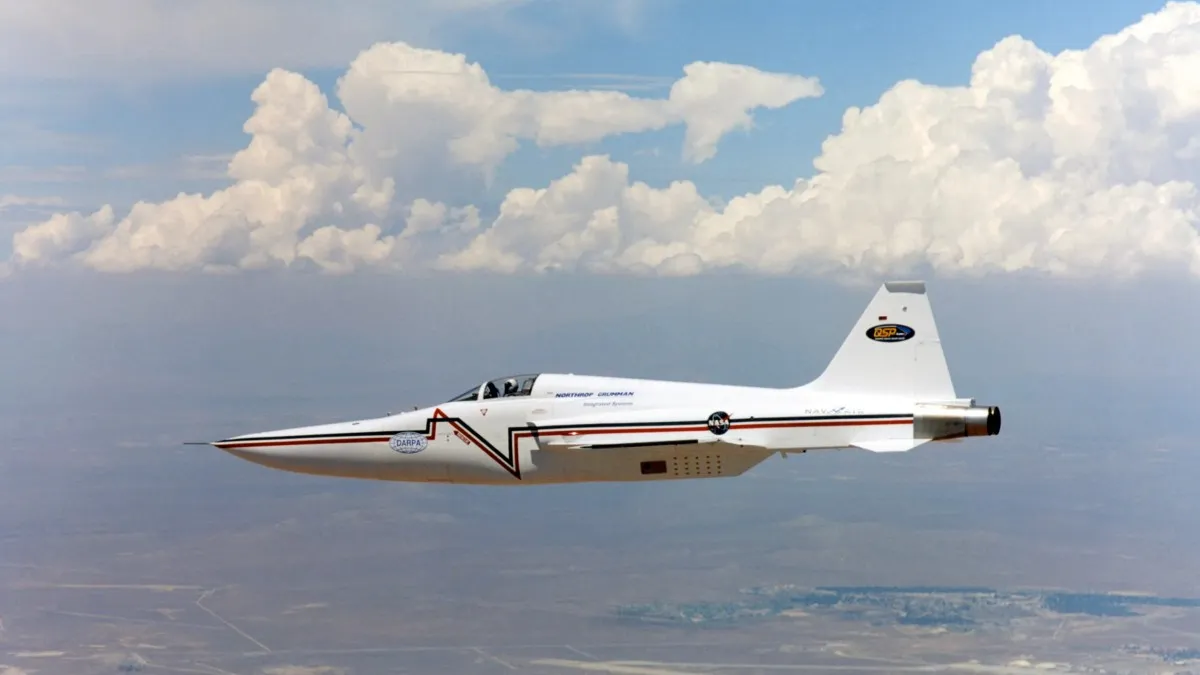
The Nasa X-59 concept was first presented in 2018, with Nasa presenting a US$248 million grant to Lockheed Martin to develop the jet. After extensive computer modelling and wind-tunnel testing, the X-59 was formally presented to the world at Lockheed’s California Skunk Works facility in January. The slender, needle-nosed aircraft is 30m long and 9m wide, looking like an elegant, futuristic fighter jet, with the cockpit about halfway back along the fuselage.
It’s designed to fly at 1.4 times the speed of sound, or 1488 km/h. The Nasa X-59 reuses parts from other warbirds, including landing gear from an F-16, the canopy and ejection seat from a T-38 supersonic training jet, and some of the engine system used in the U-2 spy plane.
The top-mounted engine allows for a smooth underside to keep shockwaves from merging behind the aircraft, thus lessening the potential power of sonic booms. The aircraft has undergone ground tests, with flight tests expected by the end of the year. The Nasa X-59 will fly at about Mach 1.4 (1728 mph) at 17,000 metres, about the same speed and altitude of a commercial supersonic jet, gathering data about its “quiet boom.” The data, says Nasa, should help “regulators reconsider rules that prohibit commercial supersonic flight over land.”
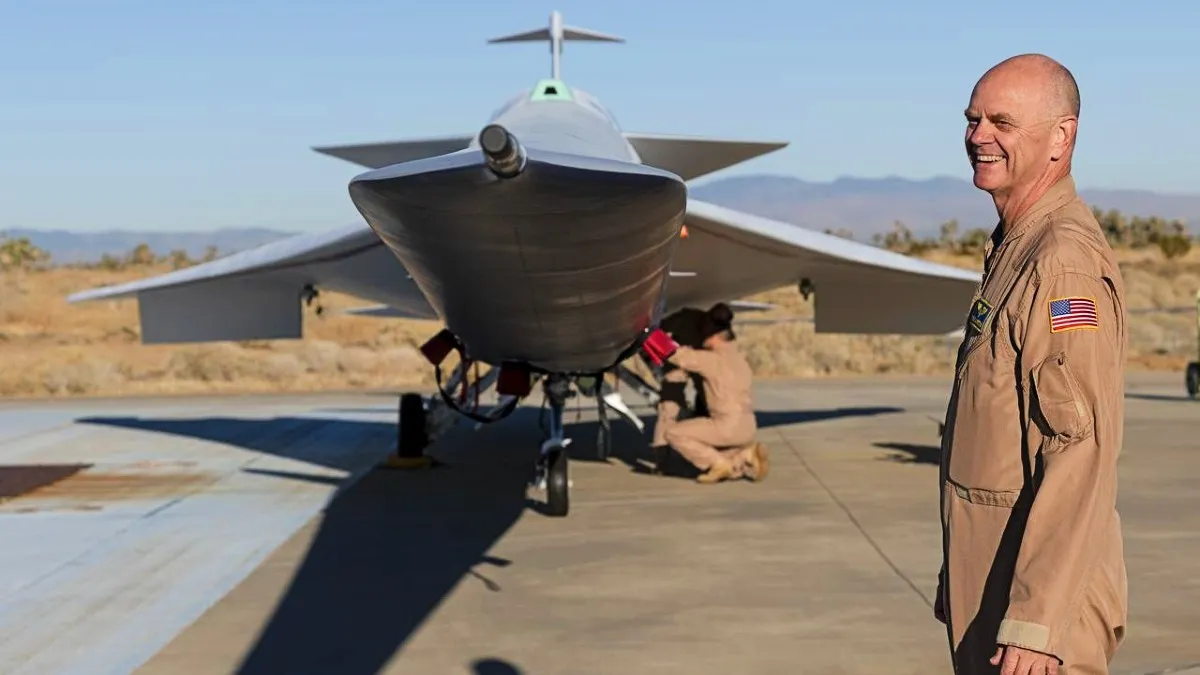
The configuration positions the cockpit about halfway down the length of the aircraft, which means that the pilot does not look through a forward-facing window, but instead uses high-resolution cameras that feed a 4K monitor in the cockpit, called the eXternal Vision System.
Once the Nasa X-59 takes flight, it will go through safety testing, then a period of acoustic evaluations before Nasa embarks on a series of test flights over select cities where pre-briefed citizens will offer feedback to help determine if the technology achieves acceptable noise levels.
A sonic thud would be welcome news to the commercial supersonic startups. Spike Aerospace is doing its own work on mitigating booms, while drafting off Nasa’s research. Like the Nasa X-59, it aims to reduce the boom by flattening the sonic waves so they’re directed upwards and largely cancel each other out. Exosonic is also positioning its 70-seat aircraft as having a “quiet” sonic boom.
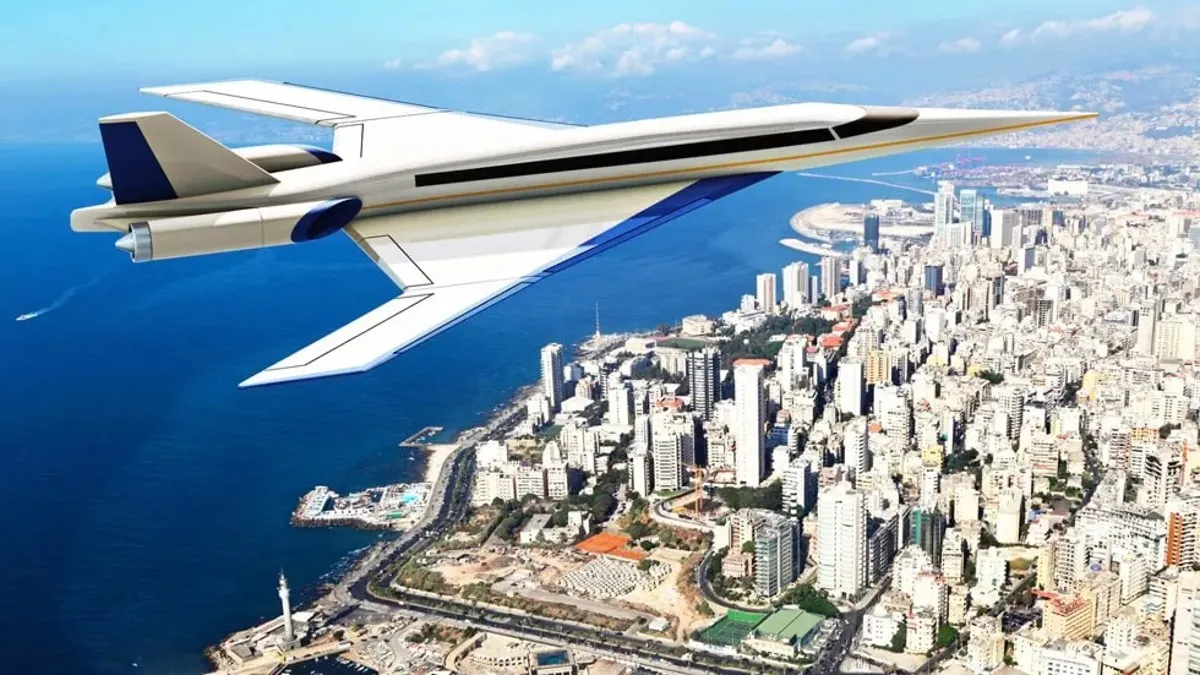
The X-59 may achieve its goal of mitigating sonic booms, but applying that to a certified aircraft is still challenging. The startups have issues with raising the necessary capital to bring a final product to market, and then there are questions of sustainability—some analysts project that supersonic jets will consume three times as much fuel as subsonic jetliners. Richwine admits that after boom suppression, “emissions are the next biggest challenge, so we have to look at alternative fuels, electric and hydrogen.” Nasa has begun to peek down those rabbit holes. Boom says it is designing its 80-seat Overture to run on 100 per cent sustainable aviation fuel (SAF), while Spike is exploring electric and hydrogen.
The supersonic manufacturers remain hopeful, despite significant technical challenges and the general consensus within private aviation that these projects will be too expensive to bring to market, with limited demand by airlines and other buyers.
Within the field, however, optimism prevails. “I definitely think supersonic flight will happen,” Richwine says. “It’s an order of magnitude more complicated than a typical plane, so it will take time, but we’ll get there. For commercial airlines, it’ll probably be 15 years.”
This story was first published on Robb Report USA



